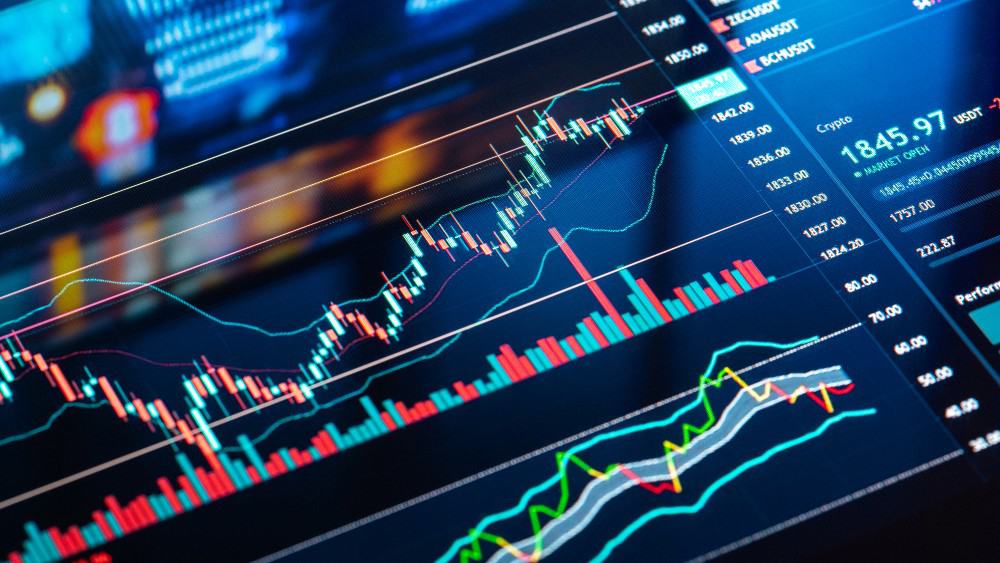Despite the ongoing pullback in the cryptocurrency market, most digital assets have generated exponential wealth for investors in the last two years. For example, Polkadot (CRYPTO:DOT) has gained over 500% in market value since August 2020 while Terra (CRYPTO:LUNA) is up a staggering 18,000% in this period. However, the price of XRP (CRYPTO:XRP) is significantly below its record highs that were breached back in early 2018.
The XRP token is the native cryptocurrency of Ripple, which was a payments system launched by Ripple Labs. Further, RippleNet is a network used by financial institutions to transfer money at a lower cost compared to legacy systems.
Additionally, RippleX offers blockchain solutions to projects that aim to deliver payment services. So, companies can leverage the RippleX platform instead of building their own decentralized applications.
While XRP is one of the largest cryptocurrencies in the world, Ripple is in the midst of a litigation with the Securities and Exchange Commission, resulting in the token’s tepid performance in the last 15 months. Let’s see why Polkadot and Terra are better bets than XRP right now.
Polkadot
An open-source sharded multichain protocol, Polkadot is also the 13th-largest cryptocurrency in the world, valued at US$17.6 billion by market cap. It connects a network of blockchains, enabling the cross-chain transfer of data, tokens, and assets.
Polkadot basically focuses on interoperability between blockchain networks, which is also the foundation of Web 3 or a decentralized internet.
As a sharded multichain network, Polkadot can process transactions on multiple chains simultaneously, which are termed parachains. This feature improves scalability at a rapid rate.
Terra
Valued at US$30 billion by market cap, Terra is currently the ninth-largest cryptocurrency globally. Terra is a blockchain protocol that uses stablecoins to reduce volatility and power the global payments systems. In fact, Terra aims to integrate the stability of fiat currencies with the decentralized features of Bitcoin to build a fast and affordable settlement system.
Polkadot and Terra ecosystems collaborate to expand the stablecoin market
Acala is a decentralized finance network that powers the aUSD ecosystem. The aUSD is the decentralized stablecoin of Polkadot and is backed by cross-chain assets.
Similarly, Anchor is a DeFi (decentralized finance) protocol that is part of the Terra ecosystem. Here, income-seeking crypto investors can pledge stablecoins on Anchor and earn an annual yield amounting to 19.5%. As deposits are in the form of the UST stablecoin, it reduces volatility considerably.
Earlier this week, Acala disclosed it will collaborate with Anchor to expand the use of stablecoins by integrations that will span the Polkadot and Terra ecosystems. So, Acala and Karura, which is the former’s Kusama-based parachain, will help expand Anchor’s collateral options for the UST with Liquid DOT (LDOT) and Liquid KSM (LKSM), which, in turn, are Acala’s yield-bearing staking derivatives.
Acala and Terra will also work together to enhance liquidity pools for aUSD and UST on Acala, providing UST holders a gateway into Polkadot. The initial integrations will be used as a foundation to build additional integrations and deployments between Terra and Acala.
Kusama and Polkadot users will be able to access Anchor using the LKSM and LDOT derivatives. The press release stated, “While enjoying the returns on staked DOT (about 14%) and staked KSM tokens (about 20%), Acala and Karura users will be able to utilize their liquid staking assets via cross-chain collateralization to access additional yield on Anchor.”
For example, a cryptocurrency investor can stake their LSM on Karura and earn an APY of 20% and receive liquid LKSM tokens, which can be sent to Anchor to borrow UST, which will earn an additional yield.
 Spring Sale
Spring Sale








